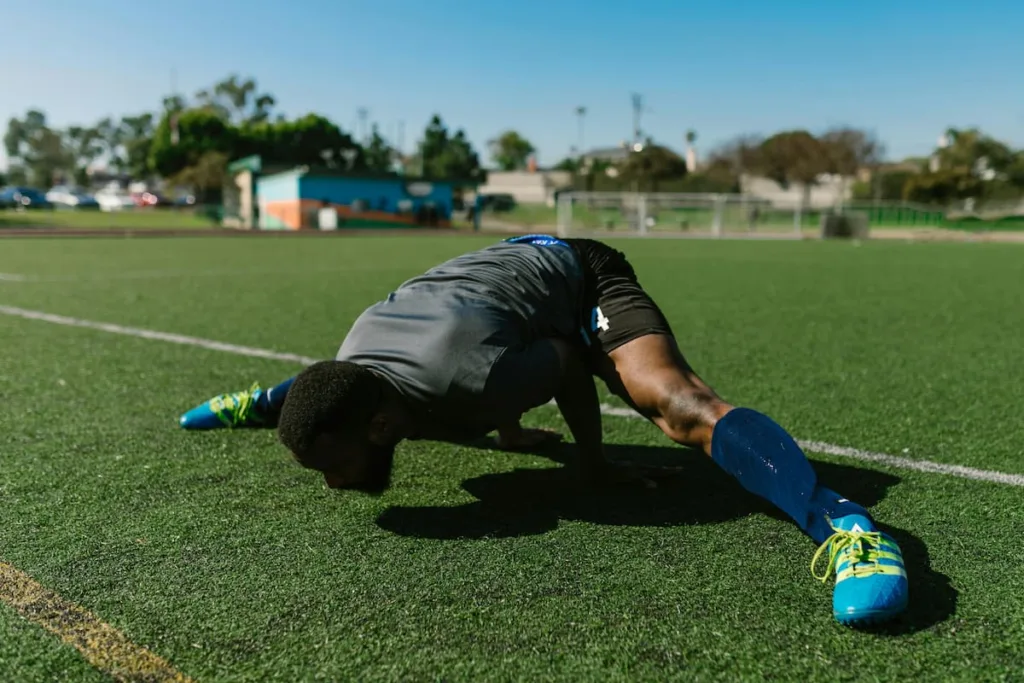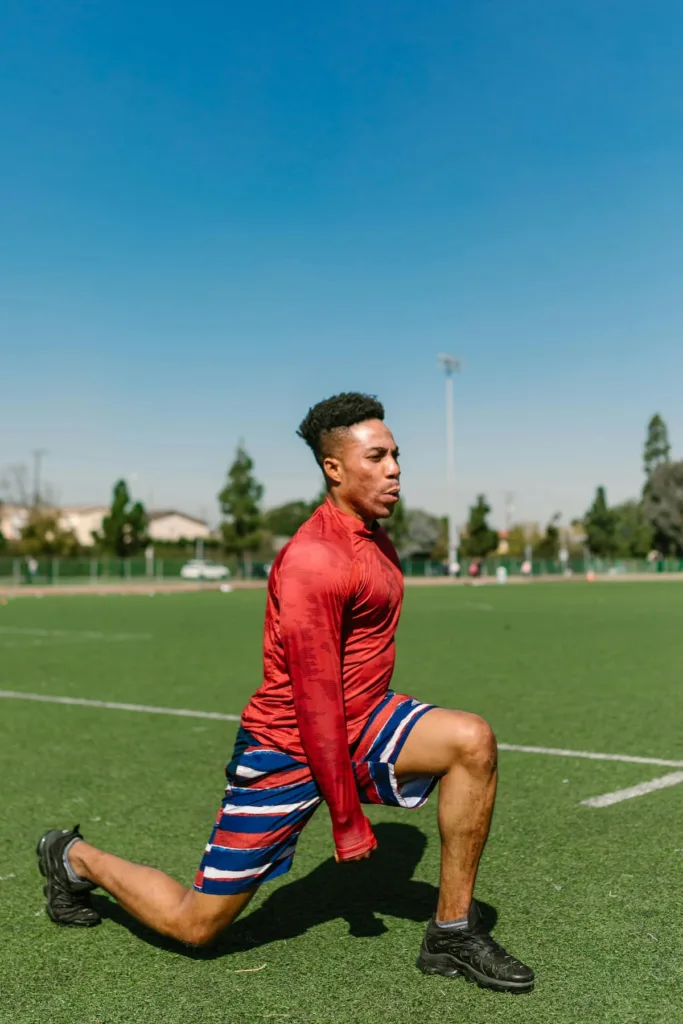In the fast-paced world of American football, tackling stands as one of the most fundamental and critical skills. It’s not just about bringing down the opponent; it’s about doing it effectively, efficiently, and safely. This article delves into the art of tackling, exploring various techniques, training methodologies, and the importance of mastering this skill in the game (Techniques and Training in American Football).
Table of Contents: Techniques and Training in American Football
Understanding the Essence of Tackling
Tackling in American football is more than just a physical act; it’s a mental game as well. It requires anticipation, strategy, and split-second decision-making. At its core, tackling is about stopping the opponent from advancing the ball while minimizing the risk of injury to oneself and the opponent.
Key Elements of Effective Tackling
- Technique: Proper tackling technique is paramount. It involves positioning the body correctly, maintaining leverage, and executing the tackle with precision.
- Timing: Timing is everything in tackling. A split-second delay can result in a missed tackle or worse, giving the opponent an advantage.
- Physicality: While technique is essential, tackling also requires physical strength and agility. Players must be able to generate power to bring down opponents of varying sizes and speeds.

Techniques for Successful Tackling
1. Form Tackling
Form tackling is the most basic and widely taught technique in football. It involves wrapping both arms around the opponent’s waist or legs and driving through with the shoulder while keeping the head up.
2. Wrap-Up Tackling
This technique emphasizes wrapping the arms securely around the opponent, preventing them from breaking free. It’s particularly effective against elusive ball carriers.
3. Shoulder Tackling
Shoulder tackling relies on the momentum and force generated by the shoulder to bring down the opponent. It’s often used when tackling larger players or in open-field situations.
4. Gang Tackling
Gang tackling involves multiple defenders converging on the ball carrier simultaneously, overwhelming them with sheer numbers. It’s a collaborative effort that requires coordination and communication among teammates.
5. Strip Tackling
Strip tackling is not just about bringing down the opponent but also about forcing turnovers. It involves actively attempting to dislodge the ball from the ball carrier’s grasp while making the tackle.
Training Methods for Tackling Mastery
1. Drills
Tackling drills are an essential part of every football practice. These drills focus on repetition, muscle memory, and proper technique. Some common drills include the tackling ring drill, angle tackling drill, and pursuit drill.
2. Film Study
Film study allows players to analyze their tackling technique as well as study opponents’ tendencies and weaknesses. By understanding the nuances of tackling in different game situations, players can improve their effectiveness on the field.
3. Strength and Conditioning
Physical strength and conditioning play a significant role in tackling. A well-conditioned body is better equipped to withstand the physical demands of tackling and can generate more power when making tackles.

4. Live Reps
Nothing replicates game-like situations better than live reps in practice. Coaches often simulate game scenarios, allowing players to practice their tackling skills at full speed against teammates.

The Importance of Safe Tackling
While tackling is an integral part of football, player safety should always be the top priority. With the growing awareness of concussions and long-term brain injuries, football organizations at all levels are emphasizing proper tackling technique and implementing rules to protect players.
Heads-Up Tackling
Heads-up tackling teaches players to keep their heads up and avoid leading with the helmet, reducing the risk of head and neck injuries. It emphasizes using the shoulder and chest to make contact with the opponent.
Tackling Certification Programs
Many football leagues and organizations now require coaches to undergo tackling certification programs. These programs educate coaches on proper tackling techniques and safety protocols, ensuring that players are taught how to tackle safely from a young age.
Conclusion
In American football, mastering the art of tackling requires a combination of technique, training, and a commitment to safety. From form tackling to gang tackling, there are various techniques that players can employ to bring down opponents effectively. Through drills, film study, and a focus on safe tackling, players can hone their skills and become formidable defenders on the field.
Remember, tackling is not just about making a stop; it’s about making a statement.
For additional resources, please click here.
Please click here for MASTERING THE SUPREME ART OF RUGBY FIELDING


1 thought on “The Art of Tackling: Techniques and Training in American Football – Exclusive Report”